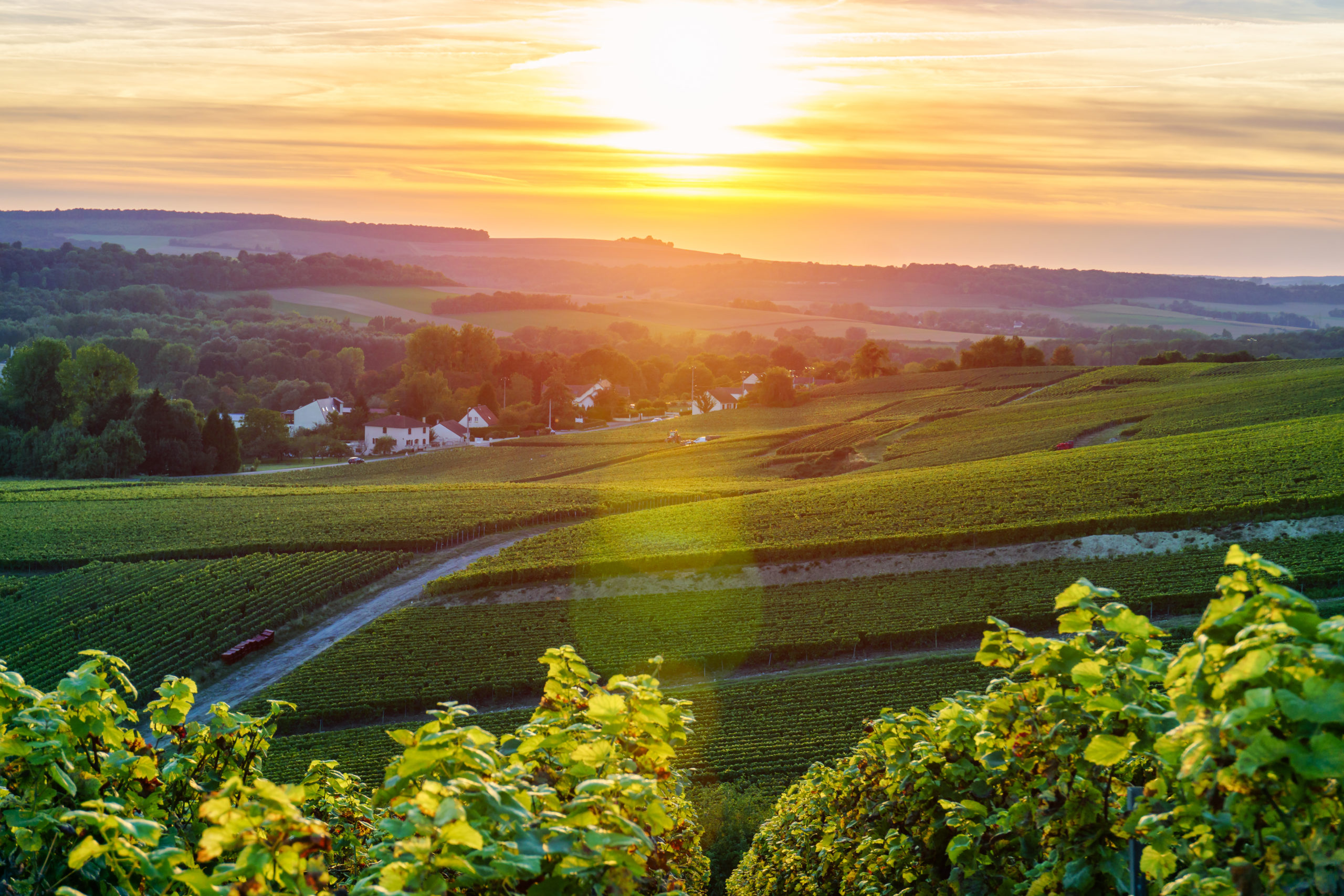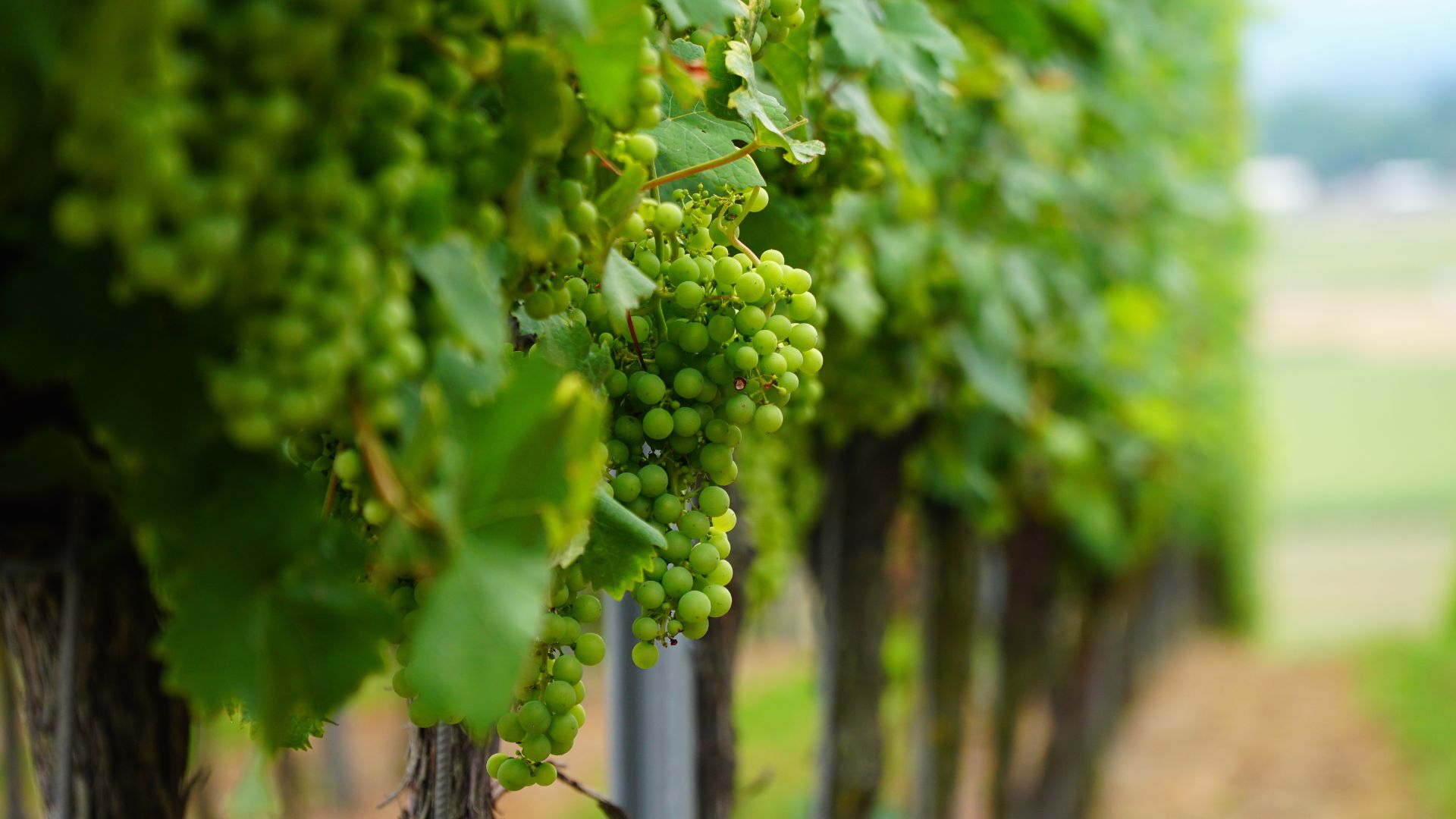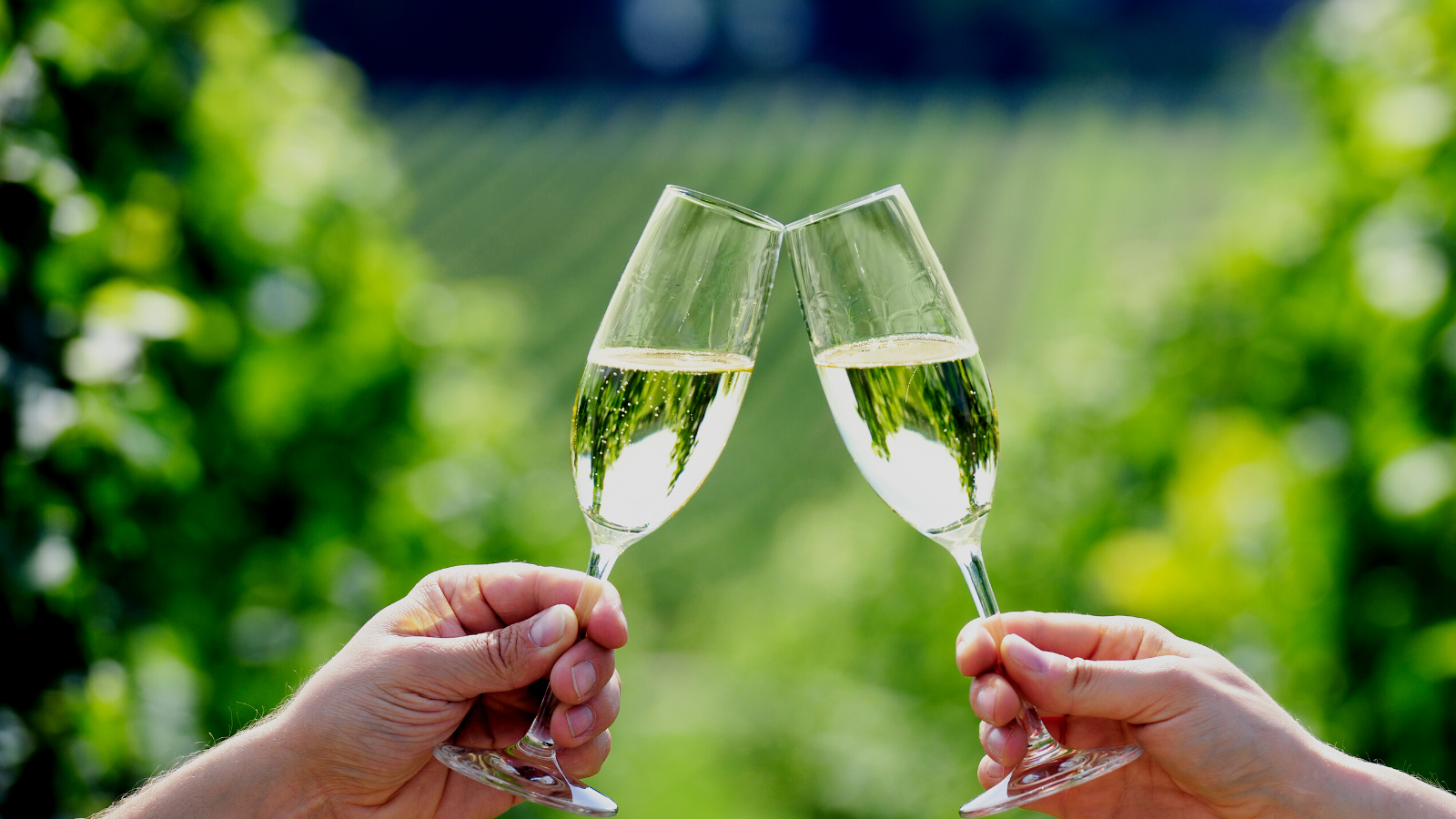
Why should you choose Champagne viticulture assets ?
A unique territory
This vineyards terroir benefits from unique weather conditions, as the oceanic climate provides rainfall and the continental climate provides the sunshine needed for the grapes to ripen. Furthermore, given that this appellation is registered as a UNESCO World Heritage Site, and that its reputation is worthy of the world’s leading brands, the price of vineyards in Champagne may not be aligned with the average French vineyard.
Another distinctive feature of Champagne is that many winegrowers work on land that they do not own. France Valley is positioning itself by acquiring plots that are usually occupied and by entering into a long-term metayage lease with the winemaker. To pay its rent, the winemaker pays France Valley a third of the grape harvest each year.

Sustainable viticulture
France Valley aims to achieve a rate of HVE (High Environmental Value), VDC (Sustainable Viticulture in Champagne) or organic certified vines that is higher than the average certification for the Appellation. As such, all of the surface areas of GFV I, GFV II and GFV III are HVE certified. The figure is 79% for Foncière Champenoise France Valley I, compared with 60% in Champagne (source: Comité Champagne).
Learn more

Operation of the Champagne wine-making sector
To make champagne, you need grapes. These grapes are grown by winemakers, whether they are owners or simply tenants of the vineyards. These winemakers can also turn the grapes into wine, to make their own Champagne, with their own brand. This categorises them as harvesters and makers (récoltants-manipulants), with the R-M marking on the bottle caps reflecting this. However, many are “merely” harvesters, or only turn part of their harvest into wine, selling the remaining grapes to Merchants. These craft their own Champagne from the collection of wines from their various deliveries. The sector, which brings together independent winegrowers, cooperatives and merchants, determines the conditions for supplying grapes. A balance is therefore formed between every participant: 70% of the champagne is sold by merchants, although these own only a small share of the vineyard land. One of the roles played by France Valley’s Viticulture Land is precisely to favour small farmers, in order to maintain this balance.
Although the price of grapes could be merely the outcome of supply and demand, this is not quite the case. The grape supply is adapted each year: a prefectural order annually sets the maximum quantity that one hectare of vineyards can produce in Champagne. This volume is set according to the sales outlook for Champagne that the sector is anticipating. Additionally, the price of the grapes used to calculate the rent paid by the operator to the lessor is also set by prefectural order. This price of grapes per kilo then relates to the grape market itself, which rises or falls depending on the grape’s municipality of origin, the grape variety and the viticulture carried out (conventional, high environmental value, organic, etc.).
To obtain grapes, merchants can purchase it from farmers, directly or through brokers, purchase it from cooperatives or, lastly, acquire vineyards. Although the latter solution is very capital-intensive, it is widely employed in Champagne by the large groups that own the best-known brands. As such, it is clear why the value of vineyards depends on the need for grapes, and therefore on the global consumption of Champagne, whether rising or falling.
